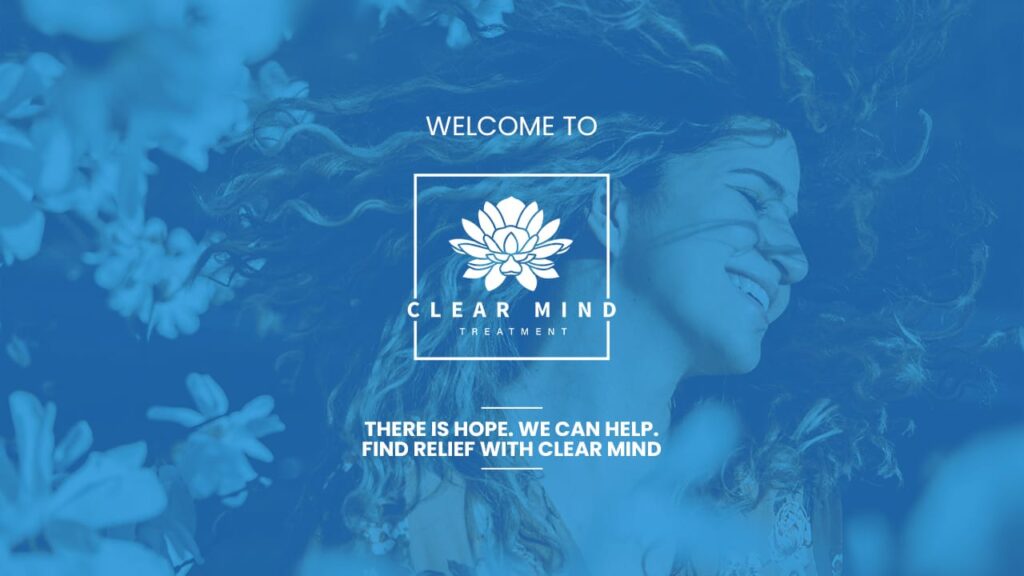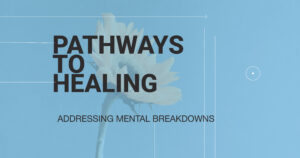By Rishi R. Khatri
Administrator of Clear Mind Treatment
In recent years, the use of psychedelics in psychotherapy has become a topic of interest to researchers and therapists alike. In fact, these substances are now being used as a form of treatment for people with depression, anxiety, and PTSD. This article will focus on three psychedelic substances: psilocybin (magic mushrooms), ayahuasca (a brew made from Amazonian plants) and ketamine (which was first used as an anesthetic but is now known for its ability to decrease clinical depression symptoms). I will provide some information about each substance including how it affects brain activity during guided therapy sessions.
Studies have shown that psychedelics can assist with neuroplasticity which assists in the promotion of positive mental behaviors.
In the current era of neuroscience, neuroplasticity is a term that has been extensively researched and discussed. Neuroplasticity refers to the ability of the brain to change itself based on new information or stimuli (external or internal). Through neuroplasticity, we have been able to expand our understanding of how our brains work as well as how it can be changed.
The study of psychedelic-assisted psychotherapy has shown great promise in promoting positive mental behaviors through the use of psychedelics such as psilocybin (magic mushrooms), ayahuasca, and ketamine.
The use of psychedelics allows patients who suffer from anxiety or depression an opportunity to explore different aspects within them selves that they may not have otherwise known existed had they not taken part in this kind of treatment program. In addition, these substances help patients look at situations differently by providing them with a new perspective on life which ultimately leads them toward making positive decisions when it comes time for them leave therapy sessions behind forever!
Psychedelics as Psychotherapy
Psilocybin, ayahuasca, and ketamine-assisted psychotherapy are being used to treat a variety of mental health conditions, including post-traumatic stress disorder (PTSD), depression, addiction and anxiety. These psychedelic drugs have been shown to be safe when taken in controlled settings under the guidance of trained professionals.
Psychedelics are best done in conjunction with a therapist
Psychedelics are best done in conjunction with a therapist, who can help guide the experience and provide follow-up care. A psychedelic is not a fix all, nor is it a cure all. It’s important to remember that psychedelics can be powerful and should not be taken lightly or without proper preparation or supervision.
However, if used wisely and responsibly, psychedelics have shown promise for treating depression, anxiety disorders and PTSD; addiction treatment; end-of-life anxiety; cluster headaches; migraines; obsessive compulsive disorder (OCD); eating disorders such as anorexia nervosa and bulimia nervosa and more
Ketamine Assisted Therapy
Ketamine is a dissociative anesthetic and depression medicine. It is an NMDA receptor antagonist, meaning it blocks the activation of these receptors. The effect is that your consciousness shifts into a different state, where you may experience ego-death, ego-loss, and/or mystical experiences.
The mechanism behind ketamine’s antidepressant efficacy has yet to be fully elucidated; however, several studies have shown that ketamine reduces suicidality in patients with treatment resistant depression (TRD) at doses ranging from 0.5 mg/kg to 1 mg/kg intravenously (2).
Ketamine has also shown anti-depressant effects on patients with TRD.
Psilocybin Assisted Therapy?
Psilocybin (4-phosphoryloxy-N,N-dimethyltryptamine) and psilocin are chemical compounds obtained from certain types of dried or fresh hallucinogenic mushrooms found in Mexico, South America and the southern and northwest regions of the United States. Psilocybin is classified as an indole-alkylamine (tryptamine). These compounds have similar structure to lysergic acid diethylamide (LSD), and are abused for their hallucinogenic and euphoric effects to produce a “trip”. Hallucinogenic (psychedelic) effects are probably due to action on central nervous system serotonin (5-HT) receptors.
Psilocybin therapy involves a patient ingesting the chemical psilocybin while in the care of a therapist. The patient goes on a psychedelic journey in this controlled, safe environment, and the therapist facilitates their experience.
The session lasts six to eight hours, which is the full duration of the drug’s effects. Though in some situations, patients may use the substance more than once. The general standard is that the psychedelic journey occurs a single time, with standard talk therapy often continuing after.
Ayahuasca Assisted Therapy?
Ayahuasca is a psychedelic brew made from the Banisteriopsis caapi vine and the leaves of the Psychotria viridis bush. It has been used for centuries by indigenous peoples in Ecuador, Peru, Colombia and Brazil for healing ceremonies and spiritual rituals. Ayahuasca has also become popular among non-indigenous Westerners as a recreational drug for its intense hallucinogenic effects.
Ayahuasca has been found to have therapeutic properties when used in therapy sessions with trained facilitators (Grob et al., 1996).
Conclusion
Psychedelics are in a very early stage of research and development, but the evidence is mounting for their use as a therapeutic tool. The studies that have been conducted so far have shown that psychedelics can be an effective treatment for mental illnesses such as PTSD, depression, and anxiety. The most promising results have come from psilocybin, ketamine, and ayahuasca assisted psychotherapy (PAAT). These three substances seem to work best when used together with traditional therapies because they each offer unique benefits that enhance other treatment modalities. For example, ayahuasca provides insight into one’s past while ketamine helps alleviate certain symptoms like pain or stress which may interfere with therapy sessions.”





